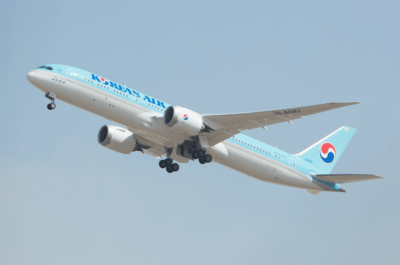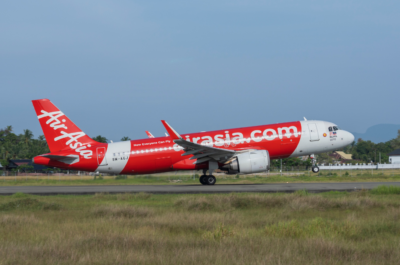Air India moves all computational workloads to the cloud, becoming a pioneer among global airlines in digital transformation.
GURUGRAM, INDIA – Air India has migrated to cloud-only IT infrastructure, having closed its historic data centers located in Mumbai and New Delhi. This makes Air India one of the first major global airlines to have moved all computational workloads exclusively to the cloud.
The move brings remarkable technological agility and scalability to Air India, enabling it to accelerate its digital transformation effort and roll out new digital innovations and applications to enhance operational efficiencies, customer and employee experiences. The closure of the data centres will further result in net savings of nearly a million dollar every year.
Dr Satya Ramaswamy, Chief Digital and Technology Officer, Air India, said, “At Air India, we have adopted ‘cloud-only’ as our computational infrastructure philosophy. For us, cloud is not just about cost savings and operational efficiencies but is a fundamental way to reimagine computing itself and a critical lever to accelerate innovation. We have adopted a strategic mix of Software-as-a-Service, Platform-as-a-Service and Infrastructure-as-a-Service methodologies in Air India’s transformation journey, allowing us to innovate faster and provide a flexible and reliable computational and networking infrastructure for the company.”
Given the heavy interdependency on a variety of other systems in the data centres, the entire process of cloud migration was skillfully and carefully strategized, mapped out, and managed by Air India’s top architects and engineers in Silicon Valley in the U.S., and Gurugram and Kochi in India. The exercise required the migration of all computational workloads from several mainframes, hundreds of servers, a large amount of data, and hundreds of equipment to the cloud.
“The contribution of our data centres to making Air India a global airline is impossible to leave uncounted. Our colleagues who have worked at these data centres for years and decades were made integral parts of this complex migration exercise, and they have been trained along the way on new skills to continue contributing to a modernized Air India”, said Dr Ramaswamy.
Air India was one of the earliest airlines globally to have adopted high-performance computing and storage in the initial years of the computing age. The now-closed data centres were once used to drive innovations and automation across multiple spheres of the airline’s commercial and financial functions.
Puneet Chandok, President, of Microsoft India & South Asia, said, “We are proud to be a part of Air India’s cloud transformation journey. Air India’s successful migration to Microsoft Azure shows the power and adaptability of the Microsoft cloud, and how we can effectively support leaders in the global airline industry like Air India. We are delighted with our continued collaboration with Air India, enabling innovation and unleashing the potential of AI, at the same time building the platform for faster decision-making and improved customer experiences.”
Air India will continue to accelerate its transformation journey, empowered by the new capabilities resulting from its complete movement to the cloud and the increased talent bandwidth available now to innovate rather than manage its own on-premise computational infrastructure. These would include the launch of several innovations in its customer-facing channels and in its employee experiences. These innovations will be powered by cloud capabilities in advanced data analytics and AI, such as Generative AI, that can now be embedded seamlessly all through the company’s applications.
George, in his capacity as an intern, diligently oversees the flow of news, assists in the publication of content, and delves into the strategies of social media distribution. He is currently pursuing his studies in Business Administration at the Athens University of Economics and Business.




![[PR] PR_Ascott and Vimut Hospital_2024](https://www.traveldailynews.asia/wp-content/uploads/2024/04/PR-PR_Ascott-and-Vimut-Hospital_2024-400x265.jpg)





























































